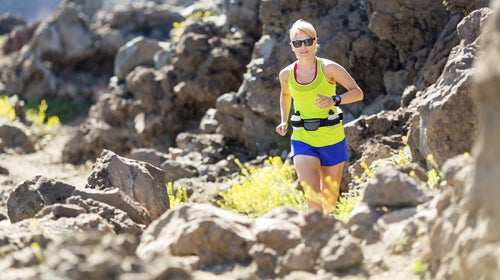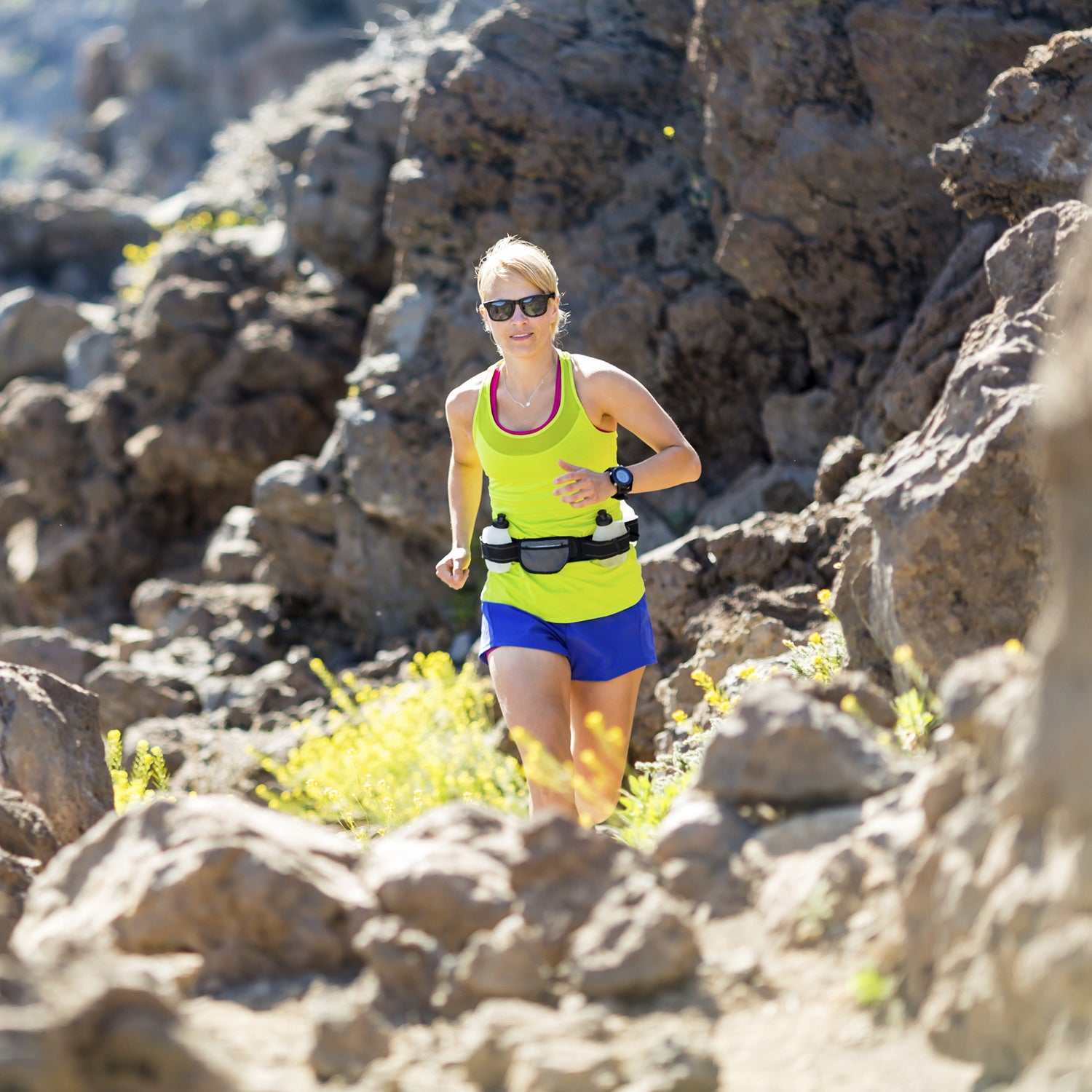I can’t wear contacts, so when I head out for training runs, even on overcast days, I opt for prescription sunglasses. But as I slog through the dog days of summer, logging miles in Prospect Park and the streets of New York, I’m consistently surprised by how few runners wear sunglasses, prescription or not. Surely these bare-eyed athletes have enough common sense to know that sunglasses offer UV protection, right?
Just ask Anderson Cooper, who to Portugal in 2012. Cooper was on the water without sunglasses “for an extended period of time” and, as a result, sunburned his eyeballs. Doctors call it ultraviolet keratitis or , which can result in temporary blindness.
Now, if you’re just heading out for a quick morning run, you’re not going to end up like Cooper. But marathon runners and triathletes—especially those who train near water—could put themselves at risk with the hours they spend training under the sun.
“It’s very painful,” says Dr. Anne Sumers, clinical spokesperson for the American Academy of Ophthalmology and a practicing ophthalmologist in Ridgewood, New Jersey. “It’s something people will be very happy to not experience a second time.”
Extended exposure to ultraviolet light (we’re looking at you, marathon runners) can lead to and . The majority of sunglasses on the market these days block 100 percent of ultraviolet rays. Shades, especially wraparound models, will also keep gunk and particles in the air out of your eyes. “It will protect you from getting grit in your eyes,” Sumers says, “whether you’re running in New York City or out trail running.”
You don’t have to look like you just finished a stage of the Tour de France, either. I ran in Ray-Ban Wayfarers for years. These days, I wear a pair of Warby Parkers. Companies such as Nike are making functional sunglasses that won’t make you resemble a futuristic police officer at the farmers’ market after your Saturday morning run. “There’s been a trend lately in glasses that don’t look as sporty, like you just got off the bike or finished a marathon,” says Rob Tavakoli, vice president of online retailer . “As far as numbers go, about a dozen glasses have been released in the past year or so that fall into this category. Nike is the leader, but Oakley and Smith have been doing nice ones too.”
Appropriate fit and grip are what transform everyday sunglasses into sportswear. You’re going to be training out there for hours. You don’t want something bouncing off your nose every third step. “Comfort and grip are really the two most important things to consider,” Tavakoli says. “Glasses that have some rubberized grip seem to work the best.”
SportRX offers hundreds of options for prescription—and nonprescription—eyewear by designer brands, including our some of our Buyer’s Guide favorites. You can shop by sport or by brand at totally competitive prices, if not cheaper. And whether you’re looking for Oakleys with amber lenses for trail running (amber enhances contrast so you can read the terrain quickly) or some Rudy Projects to test out before race day, all you have to do is plug in your prescription and they’re on your doorstep two weeks later.
A pair of Warby Parker shades cost me $150. My old Wayfarers (RIP—I hope the cab driver has the same ‘scrip as mine) were a little more expensive at $250, but worth every extra penny. If you want something more running-specific like Smiths—which are comfortable, functional, and rad—you’re looking in the $200 to $300 range, depending on the frame.
And who knows, maybe a pair of shades will help you cruise to a new PR. “Everyone is always looking for ways to do things better and enhance their performance,” Sumers says. “And certainly if you’re seeing sharper and more comfortably, I can’t see how that wouldn’t improve your overall running.”
My fellow bespectacled friends, I cannot recommend prescription shades highly enough.


